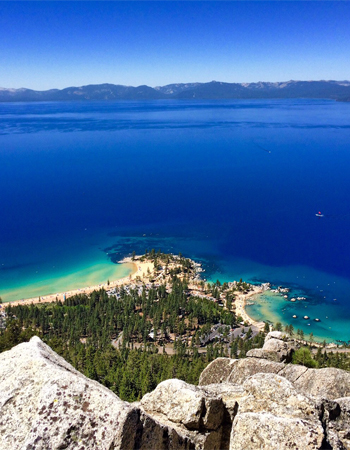Before it became Sin City, Southern Nevada was once home to more than 2,000 acres of wetlands created by the Las Vegas Wash — an urban watershed that returns excess water from the Las Vegas Valley to Lake Mead. It was a stopping point for migratory birds and boasted rich biodiversity.
But as Las Vegas grew, the wash’s natural capacity to filter the city’s water and support the fragile desert ecosystem dwindled. By the 1990s, the wetlands shrunk to one-tenth of their previous size.
But in 1998, the Southern Nevada Public Land Management Act (SNPLMA) passed out of Congress.
The bill drew a new boundary around the Las Vegas Valley, identifying public lands to be sold at auction to private bidders while providing for the acquisition of environmentally sensitive lands for conservation protection. In a wholly unique twist, SNPLMA directed the profit generated from the federal land sales to remain in Nevada, rather than be deposited into the U.S. Treasury’s general fund.
The proceeds from these sales have generated more than $4 billion in revenue.


